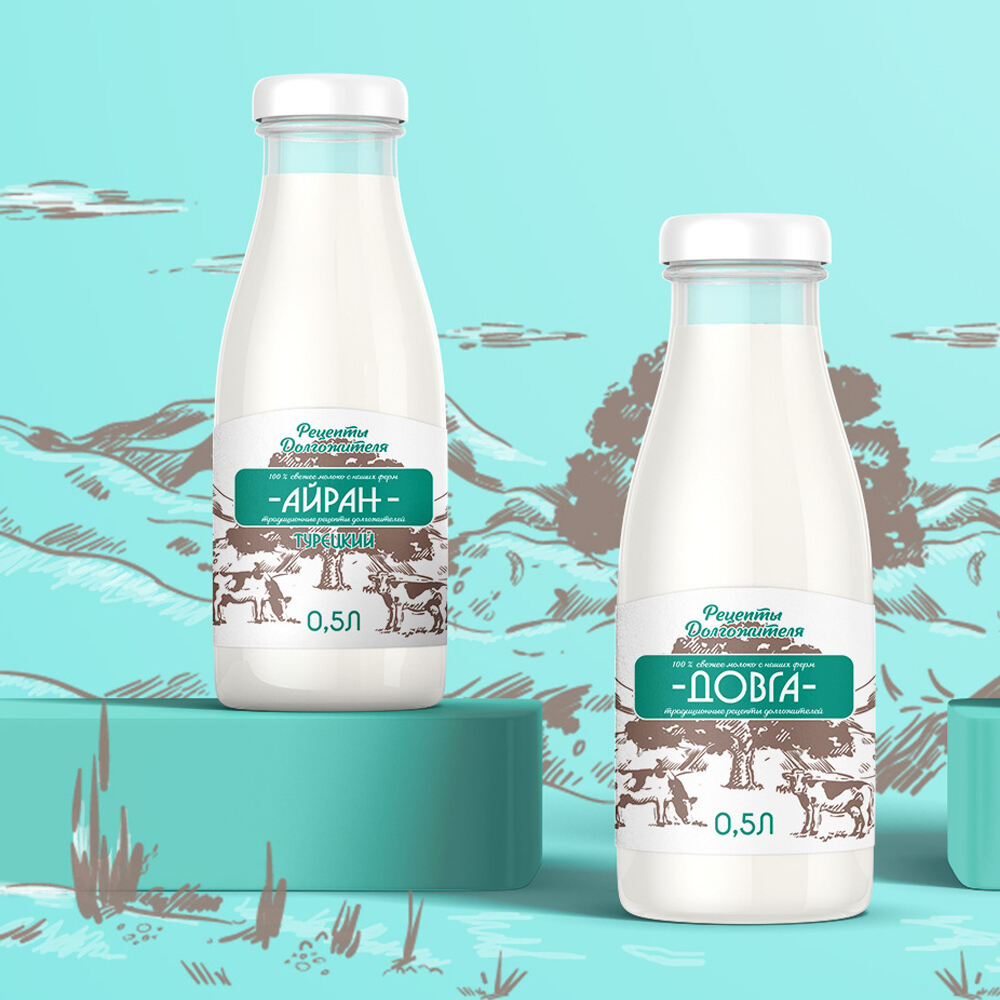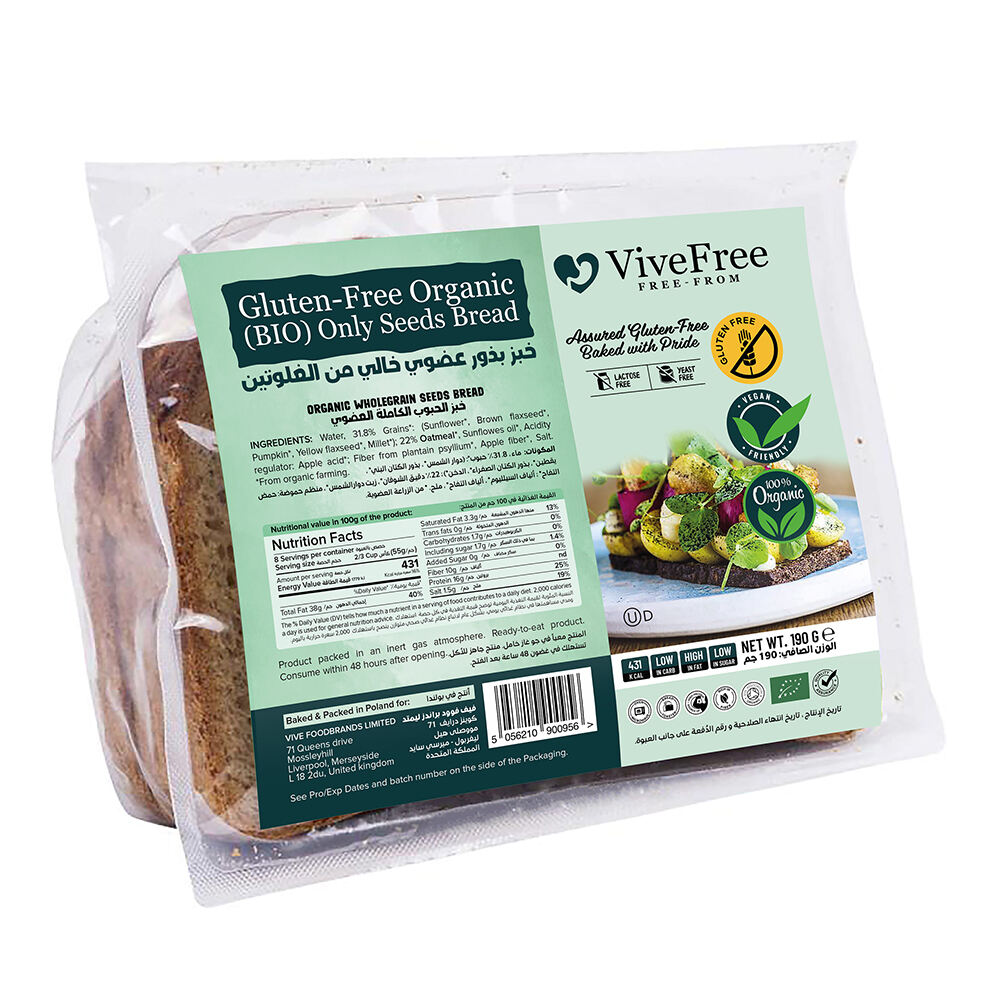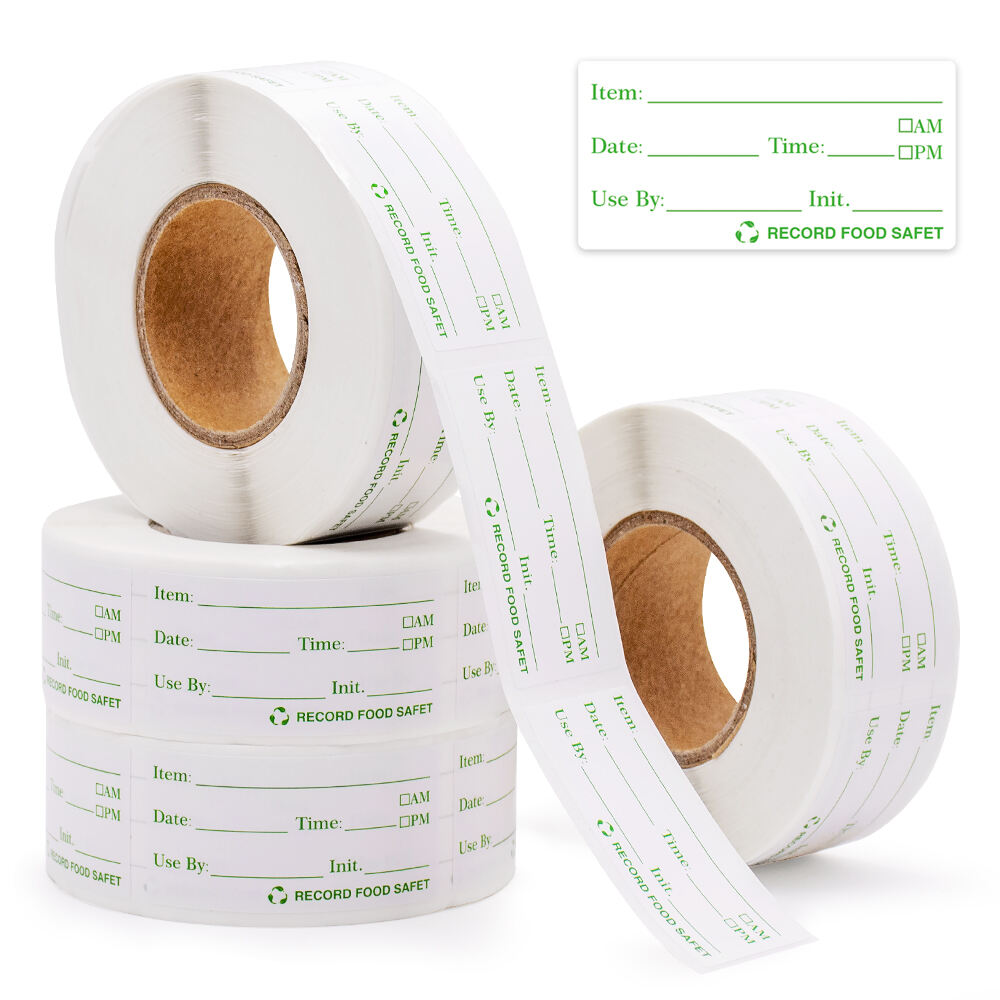Innovative Uses of Food Packaging Stickers in the Culinary Industry
Enhancing Brand Identity with Custom Food Packaging Stickers
Leveraging Design for Consumer Engagement
Food packaging with unique designs really grabs attention from shoppers because these designs tap into psychology stuff like color choices and visual elements that connect with what people want. Colors matter a lot here. Blue tends to make folks feel safe and dependable, while red gets the heart racing and makes mouths water, which explains why so many snack packages go for bold reds. This matters big time when stores are packed with options competing for space on shelves. According to some industry research, about two thirds of customers will give something a shot just because the package looks good enough to stand out among all the other products vying for their attention.
Incorporating practical design tips can greatly enhance consumer engagement. Using bold typography ensures that important information, like the brand name or product benefits, stands out. Imagery that aligns with brand valuesâfor example, using nature-inspired visuals for eco-friendly productsâstrengthens brand identity and cultivates consumer loyalty.
QR Codes and Interactive Elements
Putting QR codes on food packages is catching on fast these days, acting kind of like a doorway to all sorts of product info and special deals. People seem to like this stuff too. According to some research from folks at eMarketer, around half the shoppers out there actually enjoy those interactive bits that link them to extra details or fun content. With just a quick scan, customers can get their hands on nutrition stats, full ingredient breakdowns, and sometimes even cool promotions. Makes shopping a bit more interesting than just reading labels, doesn't it?
A number of companies have found success by adding interactive components that really grab people's attention. Take Nestlé for instance they put QR codes right on product packages so customers can scan them and get all sorts of recipe suggestions along with detailed cooking steps. This isn't just about giving information anymore it actually lets folks interact directly with the brand in their own kitchen. When someone takes time to scan those codes and follow along with recipes, there's something special happening between consumer and company that goes beyond simple transactions. Brands are starting to realize this kind of engagement builds real relationships over time.
Improving Food Safety and Traceability
Allergen Warnings and Expiration Tracking
When it comes to food packaging, letting customers know about allergens isn't just good practice—it's essential for keeping them safe. Government agencies insist that all potential allergens must appear somewhere on the package, usually through those little stickers we see these days. Take the FDA for example—they want companies to list eight big ones right there on every label. Tracking when products expire matters just as much though. Good labels follow standard practices and show clear dates so people don't accidentally eat something past its prime. We've actually seen how proper warning labels build trust among shoppers. Nestlé did something smart back in 2019 when they started putting extra allergen info on their cereal boxes. Customers noticed, felt better about buying their products, and many became regular buyers after that.
Smart Labels for Real-Time Data
Smart labels are changing the game when it comes to knowing what's going on with our food safety in real time. They work through things like RFID chips and those little tap-to-view NFC tags that we've started seeing more of lately. The numbers back this up too RFID tech has proven really good at tracking where food comes from, which cuts down on safety problems by around 30% according to industry reports. Take IBM for instance they rolled out these smart labels across several of their packaged goods lines last year, and warehouses reported getting alerts about potential issues days faster than before. Beyond just keeping people safe, these labels meet what shoppers want nowadays more visibility into where their food came from and whether companies care about environmental impact throughout the whole supply chain.
Sustainable Innovations in Culinary Labeling
Eco-Friendly Materials and Recycling
Food packaging stickers are undergoing a big transformation as companies increasingly turn to biodegradable and recycled materials. Environmental watchdogs have been sounding alarms about our mounting waste crisis, which makes sense when we look at numbers from the EPA showing around 292 million tons of trash piling up across America just last year, much of it coming from packaging alone. When businesses switch to these greener alternatives, they cut down on environmental damage while boosting their reputation among eco-conscious customers. Nielsen recently surveyed shoppers and discovered most people would actually pay extra for products that come in sustainable packaging. Big names like McDonald's and Starbucks are already getting ahead of the curve with their paper-based solutions and serious reductions in plastic usage. Their green initiatives don't just look good on paper they're tapping into real market demand for environmentally friendly options, especially noticeable in how they approach those small but important details like sticker designs on food packages.
Reducing Waste with Reusable Adhesives
The food packaging industry has found something pretty cool in reusable adhesives when it comes to cutting down on waste. Basically, these special glues let restaurant staff take off labels and put them back on multiple times instead of always making new ones and throwing away old ones. The green benefits are actually quite impressive too. Some numbers suggest we might cut down food packaging trash by around 30% if more places switch to this stuff. The Environmental Packaging Consortium did some research where they looked at actual restaurants using these adhesives and found that waste went down significantly along with what they spent on getting rid of garbage. Take Panera Bread for instance they rolled out these reusable labels across several locations last year and saved thousands on their waste management bills. Looking at how well this works shows that going green doesn't always mean hurting the bottom line sometimes it actually helps businesses save money while still doing right by the planet.
Creative Applications in Restaurant Packaging
Temperature-Sensitive Stickers for Delivery
Stickers that respond to temperature changes are becoming a game changer for keeping food fresh during transport, so what arrives at the door is still good to eat. When temps go up or down too much, these little indicators shift colors, letting folks check if things stayed within safe limits according to food safety rules. With all the growth in food delivery services lately, keeping meals properly chilled or warm has gotten really important for restaurants trying to meet what people expect from their takeout. Take those red warning stickers for example they pop out when something gets too hot or cold, which helps delivery staff spot problems before they reach customers. This kind of visibility builds confidence in the whole delivery process and makes diners happier with how their meal turns out.
Branded Takeout Containers and Promotions
Branded takeout containers do more than just look good they actually improve how people feel about their meal while acting as free advertising for the restaurant. When food comes in boxes or bags with catchy designs and company names printed all over them, folks remember where they got it from. Many diners snap photos of these cool containers and post them online, which gives restaurants extra visibility without spending money on ads. Take McDonalds for instance their colorful Happy Meal boxes have become iconic over time, helping kids (and adults) recognize the brand instantly even before seeing the golden arches. Some places go one step further by giving small discounts to customers who bring back empty containers for refills or second meals. This kind of strategy builds real connections between businesses and their regulars, keeping people coming back again and again because they start associating the brand with positive experiences.
Customizable Food Packaging Solutions
Durable Multi-Purpose Food Labels
Food labels need to last through all sorts of rough handling if they're going to stay readable and intact. They face everything from freezing temps to thawing cycles and plenty of moisture exposure along the way. That's why manufacturers look for materials that can handle whatever comes their way without falling apart. Film labels stand out here since they fight off oil, water damage, scratches, tears, and even fading over time. Experts generally point towards these types of materials when talking about long lasting performance in different situations. The good news is printing tech has come a long way too, offering eco friendly alternatives without sacrificing how well the labels hold up. Many companies including Duentech now work with these newer methods to give businesses flexible labeling options that work across multiple parts of the food sector.
High-Contrast Round Stickers for Visibility
High contrast colors on food packaging stickers really help them stand out, something that matters a lot in hectic places like restaurants where staff need to spot things fast to keep operations running smoothly. The color theory behind this makes sense too – bright colors pop against lighter backgrounds, making it easier for eyes to catch what they need. We've seen this work well in practice. Take those busy kitchen counters where chefs grab ingredients at a glance without reading labels carefully. When restaurants apply these visual tricks to their packaging, they not only get their brand across better but also cut down on mistakes during service. Packaging companies including Duentech actually make round stickers available in all sorts of materials that grab attention. These aren't just pretty designs though; they serve a real purpose helping products remain visible whether sitting on store shelves or tucked inside delivery bags.
Freezer-Safe Storage Label Stickers
Freezer safe labels really matter when it comes to keeping stored food quality up because they keep important info readable even in harsh cold conditions. Most regular labels just fall apart after a while, but these special ones stand up to water and oil exposure that happens all the time in kitchens. Plus, their adhesive stays strong through both fridge temps and freezer temps without peeling off. When following basic food safety rules, good labeling makes managing what's in stock so much easier. People can track expiration dates and ingredients properly, which cuts down on wasted food and money. Many companies offer free designs and custom options for food storage stickers, making them practical for everything from home pantries to busy restaurant kitchens where organized storage isn't just nice to have it's absolutely necessary for smooth operations.
 EN
EN
 AR
AR
 HR
HR
 CS
CS
 DA
DA
 NL
NL
 FI
FI
 FR
FR
 DE
DE
 EL
EL
 HI
HI
 IT
IT
 JA
JA
 KO
KO
 PL
PL
 PT
PT
 RU
RU
 ES
ES
 SV
SV
 TL
TL
 ID
ID
 SR
SR
 SK
SK
 SL
SL
 VI
VI
 HU
HU
 TH
TH
 TR
TR
 FA
FA
 AF
AF
 MS
MS
 IS
IS
 HY
HY
 BN
BN
 LO
LO
 LA
LA
 MN
MN
 MY
MY
 KK
KK
 UZ
UZ






